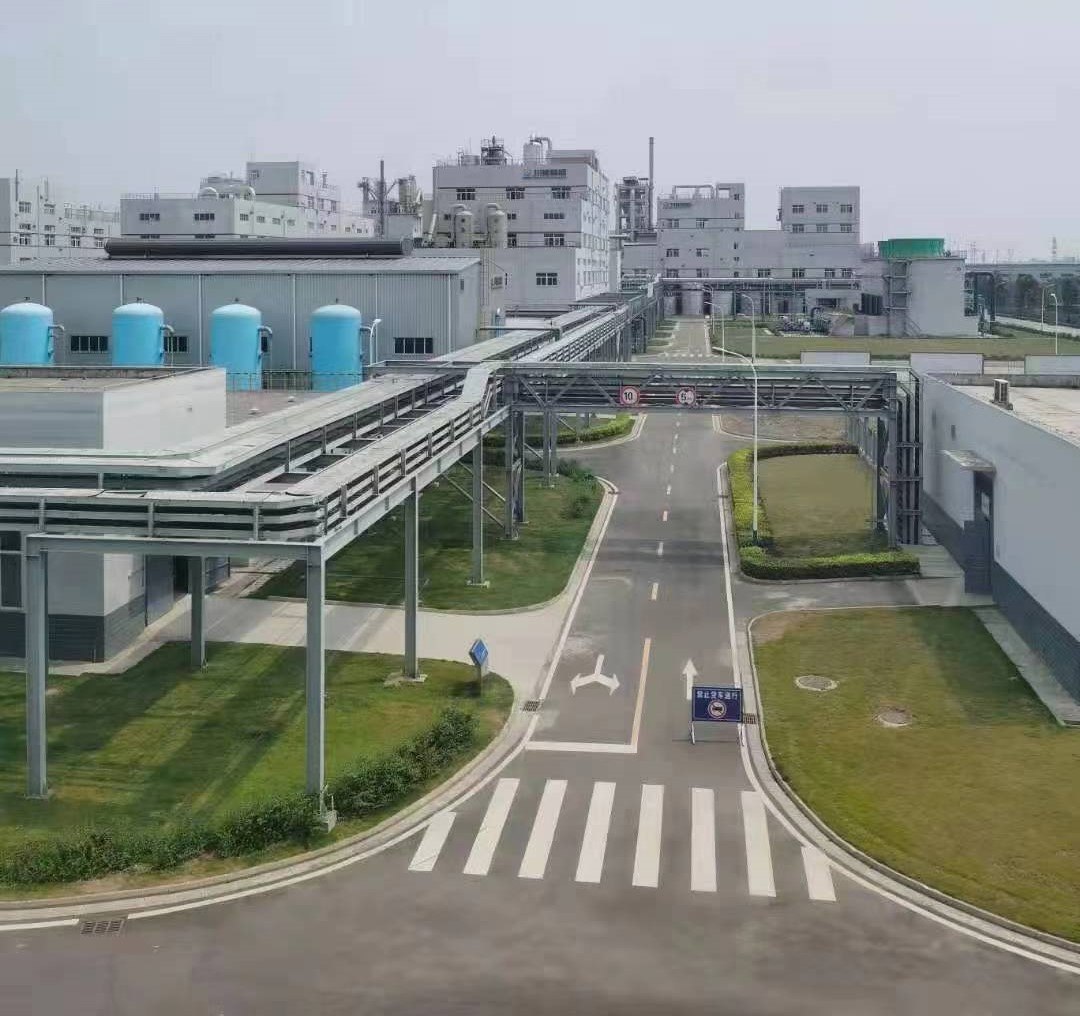The knowledge of dicyclopentadiene
May,12,25
The knowledge of dicyclopentadiene
The source of dicyclopentadiene (DCPD)
C5 fraction is a byproduct of ethylene production in petrochemical refining units, catalytic cracking units, and heavy hydrocarbon cracking units, with complex components. Among them, there are more than 20 components with similar boiling points, among which isoprene (IP), cyclopentadiene (CPD), and isoprene (PD), which have high utilization value and high content, account for about 50% of the C5 fraction.
Dicyclopentadiene (DCPD) is a dimer formed by the Diels Alder reaction of cyclopentadiene (CPD). At present, the widely used method in industry is a combination of thermal dimerization and azeotropic distillation or solvent extraction distillation, which utilizes the easy dimerization of cyclopentadiene compared to other C5 fractions to dimerize cyclopentadiene into dicyclopentadiene (DCPD), and then uses the significantly higher boiling point of dicyclopentadiene than other C5 hydrocarbons to separate it from the C5 fraction by distillation.
Physical characteristics of dicyclopentadiene (DCPD)
Dicyclopentadiene (DCPD): Density: 0.979g/cm3, melting point: 31.5 ℃, boiling point: 170 ℃, critical temperature: 387 ℃, critical pressure: 3.0MPa, logarithm of octanol/water partition coefficient: 2.89, flash point: 44 ℃, upper explosive limit% (V/V): 6.3, ignition temperature: 503, solubility: soluble in ethanol, ether, toluene, acetone, acetic acid, ethyl acetate, water solubility: 40mg/L, relative vapor density (air=1): 4.55, saturated vapor pressure: 0.2KPa/20 ℃.
There are two isomers of dicyclopentadiene in terms of spatial structure: endo form and exo form. At room temperature, the content of exo form is generally low, and after being left for a period of time, the exo form will also convert to endo form. When heated to 150 ℃, endo form will dimerize to form exo form. In industry, endo form dicyclopentadiene is mainly used.
Both isomers of DCPD can be miscible with fatty hydrocarbons, cycloalkanes, aromatic hydrocarbons, haloalkanes, alcohols, ethers, and can also be dissolved in CS2, CCl4, acetic acid, and aniline.Toxicity: The hygiene standards for DCPD stipulate that the maximum allowable concentration of DCPD vapor in the working environment air is 5 × 10-6, and the concentration in water is 0.0001mg/L.
Chemical properties of dicyclopentadiene (DCPD)
1. Thermal polymerization reaction of dicyclopentadiene
Cyclopentadiene (CPD) is prone to dimerization to form dicyclopentadiene (DCPD). Under heating, DCPD can polymerize into three, four, five, six, and multiple polymers, forming a mixture of various polymers. Among them, trimer is 66 ℃, tetramer is 188-190 ℃, pentamer is 270 ℃, and hexamer is 373 ℃.
2. Preparation of ethylene glycol based dicyclopentadiene ether by the interaction of dicyclopentadiene and ethylene glycol.
3. Oxidation reaction of dicyclopentadiene
Dicyclopentadiene can be oxidized by peroxide to obtain dicyclopentadiene dioxide.
4. Cyclopentadiene ring opening metathesis polymerization
Under the action of ring opening metathesis catalyst, ring opening metathesis polymerization (ROMP) can be carried out to obtain polydicyclopentadiene (PDCPD).
The use of dicyclopentadiene (DCPD)
From basic organic chemical raw materials to new metal polymer materials, DCPD has important applications as a raw material for the production of unsaturated resins, metallocenes, adamantane, glutaraldehyde, dicyclopentadiene chloride (insecticides), etc. It is widely used in the fields of medicine, pesticides, fragrances, leather making, synthetic rubber, and can also be used as high-energy fuel.
Development prospects of dicyclopentadiene
Dicyclopentadiene, as an important olefin pathway in petroleum cracking products and coal tar benzene feed fractions, will become more abundant with the development of China's petroleum and chemical industries, especially the rapid increase in ethylene production capacity.
In recent years, UCR、 The petroleum resin and other industries are developing rapidly, and the supply of DCPD products in China is in short supply, leading to a continuous increase in prices. In 2005, the price of crude dicyclopentadiene with 85% purity had risen to 6000-6500 yuan/ton, and the price of high-purity dicyclopentadiene with over 96% purity was 9500-12000 yuan/ton. In June 2010, the average price of dicyclopentadiene reached 9000 yuan/ton. It is expected that in the next few years, driven by market demand, the price of dicyclopentadiene will continue to rise slightly.
With the continuous development of the economy, the market demand for chemical products synthesized from dicyclopentadiene in China is constantly expanding and becoming increasingly strong. The resource of dicyclopentadiene has become a valuable resource that cannot be ignored. Due to its potential economic value and broad development prospects, its development and utilization have attracted widespread attention from countries around the world, and a large amount of research and development work has been carried out. The abundant resources of dicyclopentadiene and its high value-added downstream products in our country are attracting the enthusiasm of many domestic and foreign enterprises for the development and investment of dicyclopentadiene products. The development opportunity of dicyclopentadiene industry has arrived. Fully utilizing dicyclopentadiene products to produce high value-added products, improving resource utilization level, developing circular economy and increasing resource utilization rate have become important ways to improve the competitiveness and economic benefits of the ethylene industry. The development and comprehensive utilization of DCPD resources have broad prospects. We need to accelerate the development and utilization of dicyclopentadiene resources to meet market demand and accelerate the development of the national economy!






